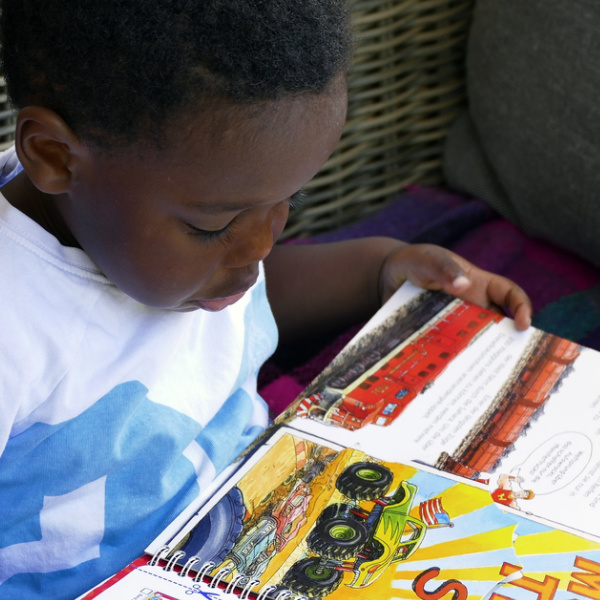How to Implement Quick Assessments During Instruction
How to implement quick assessments during instruction! I bet you are thinking; is this instruction or is this assessment? How can it be both?

I didn’t learn how to assess during learning as a student-teacher beyond asking, “Are there any questions?” Which, as we all know, doesn’t get you very good information on whether or not students really understand what was just taught.
Before I get into the description of each type of quick assessment, I want to take this opportunity to offer you a FREE List of 101 Teacher Tips that you can download right away. All you need to do is complete the form below and I will zip it to your email right away.
**
“Quick Assessments During I
Using Quick Assessments During Instruction
The quick assessments I am going to explain to you are:
- using whiteboards
- quick hand signals
- sharing Cornell Notes
- quick writes
- random selection
- partner sharing
- 3 true, 1 false
- pop quizes
Using whiteboards
Most teachers these days use whiteboards in one way or another during the school day. But often, teachers don’t realize they can be used to implement a quick assessment of understanding during instruction.
I’ve observed teachers using them to have students solve a math problem and then show the answer they got. But you can use them in many other subject areas as well.
The secret to doing this is to prepare some questions about the content ahead of time that are structured so that you provide a multiple choice answer choice. For primary grade students I recommend only two choices, A or B.
For example, after teaching the concept of main character; you might ask your class, “Who is the main character of the story?” A. Rabbit. B. Frog
Quick hand signals
Kindergarten teachers are experts at using this technique. Ask your students to hold up 1 finger for this answer, and 2 fingers for the other answer. Or, thumbs up or thumbs down to indicate agree or disagree.
For older students you could teach the concept, and then tell the students you are going to list statements that are true (thumbs up) or false (thumbs down). I would only do about three or four of these before moving on.
This is because older students start looking around for what other students are doing and you lose the effectiveness of the quick assessment.
Sharing Cornell Notes
This strategy is for fifth grade and above. It does not work well with younger students. First, of course, you need to teach your class how to use Cor
During about a fifteen minute period of instruction have students take notes individually. Next pause to have them review their notes and fill in any missing information. Then have them share their notes with a partner looking for similarities and differences.
After they have shared with each other ask each pair to write a one to two sentence summary of the most important fact from that portion of the lesson. Make sure they put their names on the papers and pass them in for you to review.
Quick Writes
This strategy is also for upper-grade students. Quick writes are where students answer a question in paragraph form or write a one-paragraph summary of the information learned. The secret with this is to not let this drag past about 5 minutes.
Once you get your students used to this, it works well. You have to be sure to teach them that a blank sheet of paper is not acceptable.
An idea for this is to give them 5 points for their name on the paper, 5 points for a title, and 5 points for the first sentence. Once they start writing something, they will usually continue.

Random Selection
I have written about
As teachers, we all love the enthusiastic students who are always actively engaged in our lessons. They validate us as teachers. But the detriment of allowing this is that many other students disengage and tune out when this happens.
Instead, what you need to do is call on students at random. First state the question, then allow all students to THINK of the answer. Tell call on a student. You must teach students that they are REQUIRED TO ANSWER.
More quick assessments during Instruction!
Partner Sharing
Partner sharing is an excellent way to keep students engaged, to check for understanding, and to increase comprehension of the content. Also known as Pair/Share, partner sharing is such a crucial way to increase learning that I am creating a course around the correct way to administer this strategy.
Until I have that course ready for you, here is an article I wrote about using Partner Sharing the correct way;
How to Use Effective Partner Sharing as an Instructional Strategy.
As a principal, I have seen this strategy implemented incorrectly more times than not. Which is why I’d like to teach teachers the correct way.
3 True and 1 False
This strategy works best with students over eight years of age. The strategy is as follows: After you’ve taught a concept, tell your students that they are going to have a quick quiz. You can even say you are going to try to trick them.
Have this “quick assessment” prepared ahead of time. Create two or three sets of four statements about the content. Show each set one at a time under your document camera.
For example; if you have just taught your students about Proper Nouns to name places, your choice set could be:
- A. Los Angeles, CA
- B. San antonio
- C. Disneyland
- D. The Lincoln Memorial
Of course, the incorrect one is – B. San antonio, since the capital letter is missing.
Pop Quizzes
The final quick assessment that I am going to explain probably needs no explanation since most of us grew up having pop quizzes. HOWEVER, the type I’m talking about is a bit different.
A pop quiz during instruction should be no more than 3-4 questions. It should be easily administered and take no more than about 10 minutes of class. It’s best to have students take the quiz in pencil, then ask each student to get out their pen.
Together, as a class, correct the quizzes; each student corrects their own. This part is important. DON’T ASK THEM TO SWITCH PAPERS!
Make sure they are aware that these scores are not going in the grade book but that you want to see if they understand the lesson. Then collect the quizzes and look them over to learn about the students’ knowledge of the content.
Here is another article that might give you some ideas on assessing Kindergarten students by Brittany from “Tickled in Primary” called: Kindergarten Assessments Using Data Folders.
In Conclusion
I hope that you will begin using some of these strategies for quickly assessing students’ comprehension of the content DURING INSTRUCTION.
Of course, you should then use this information to improve or adapt the instruction if needed. This type of assessment is not intended to take the place of summative assessment after the conclusion of a chapter or theme.
But it is intended to improve your lessons and keep students engaged during instruction.
Let me know how these are working for you! Do you know another type of quick assessment? I’d love to hear them too.
Until Next Time,
Your Teacher Buddy






